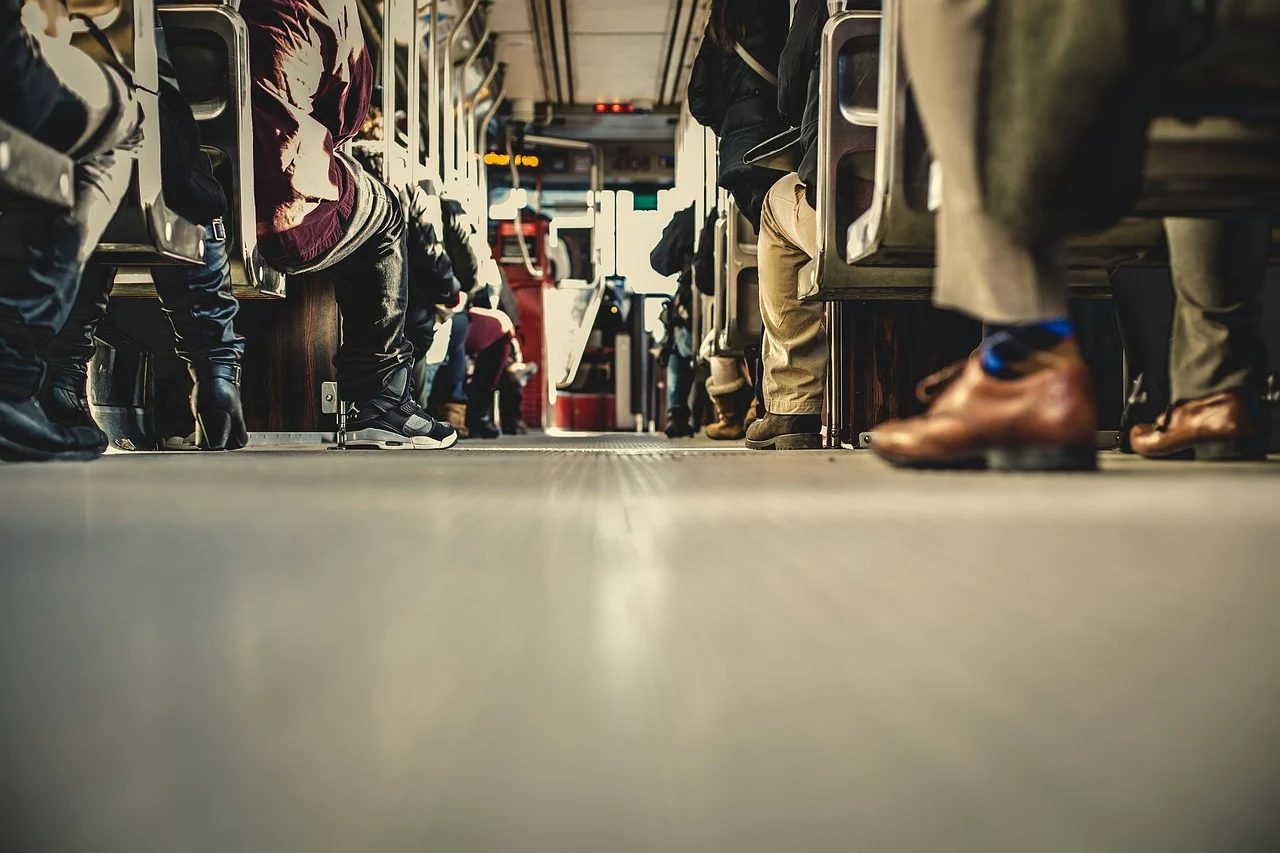2020 has witnessed the unprecedented and unpredictable: a global pandemic that has forced people to stay inside and work from home. The idea of public transportation and mass gatherings has been shunned for this year, with the pandemic still evident in major parts of the world and worldwide relaxations being super gradual and slow to avoid second or third waves of the coronavirus. However, as economies unlock and traveling slowly slips back into people’s lives, we need to rethink how office commutes will function in a post-pandemic world.
Addressing WFH dominated workspaces and their sustainability
This year, virtual is in. With the imposition of the initial lockdown in March 2020, a majority of companies opted for ‘work from home’ workspaces, which enabled them to resume operations and essential functions safely and remotely. From virtual meetings instead of conference room discussions to longer screen hours instead of driving to work, WFH has certainly been adopted as a part of the new normal.
However, WFH dominated workspaces come with their own set of challenges and might not be as sustainable as they might seem.
According to a survey carried out by Monster.com in July 2020, 69% of respondents experienced burnout since the pandemic began, up from 52% in May this year alone. Moreover, WFH dominated workspaces often lead to the overlapping of personal and professional hours, extreme performance anxiety, reduced productivity, and increased mental distance from the job. Hence, even though they have helped deal with the crisis that the pandemic has presented us with, they do not serve as a permanent, long-term, and sustainable solution.
Re-inventing and redefining office transport

Several companies have opened their office doors with limited work hours and limited capacities already. However, one major concern on everyone’s mind is safety. While employees are slowly trickling back into office workspaces, the paranoia of commuting to work safely, still haunts employees. For them, there is a bigger concern before they even arrive at the workspace: the commute. Public transportation has always been synonymous with overcrowded compartments and lack of comfort.
According to JLL’s Work Experience Survey, one-third of workers who previously used public transportation to work will seek other forms of travel in the immediate weeks and months after the pandemic. Another aspect that needs to be considered is the fact that employees are so used to the comfort of working from home, they believe less or no office commute has been the best part about the experience. Hence, these challenges arise when we talk about reinventing and redefining office transport.
While there are measures already taken by authorities to revive public transport as one of the safest and popular choices among workers, office transport is not limited to just this aspect. It also includes safer and sanitized office shuttles with limited seating capacities to ensure proper social distancing and reduce possible transmitting of the virus. While private vehicles have been a popular choice for employees who have resumed going to offices, the traffic and pollution are compelling them to shift to shared means of office transport that is both efficient and safe for use.
What lies ahead

Commuting to office in a post-COVID era is already being debated with some arguing about the efficiency of WFH workspaces, introducing 4-day work weeks, and others vouching for the irreplaceable nature of office workspaces.
Frankly, it’s hard to believe that there is an effective substitute to collaborative functioning in the workspace. Hence, commuting to the office in a post-pandemic era will just have to involve safer, less-crowded public transport solutions with precautionary measures implemented at each level, both by authorities and companies, to ensure the employees are comfortable with the idea of returning to the normalcy of an office environment.
 0 comments
0 comments


